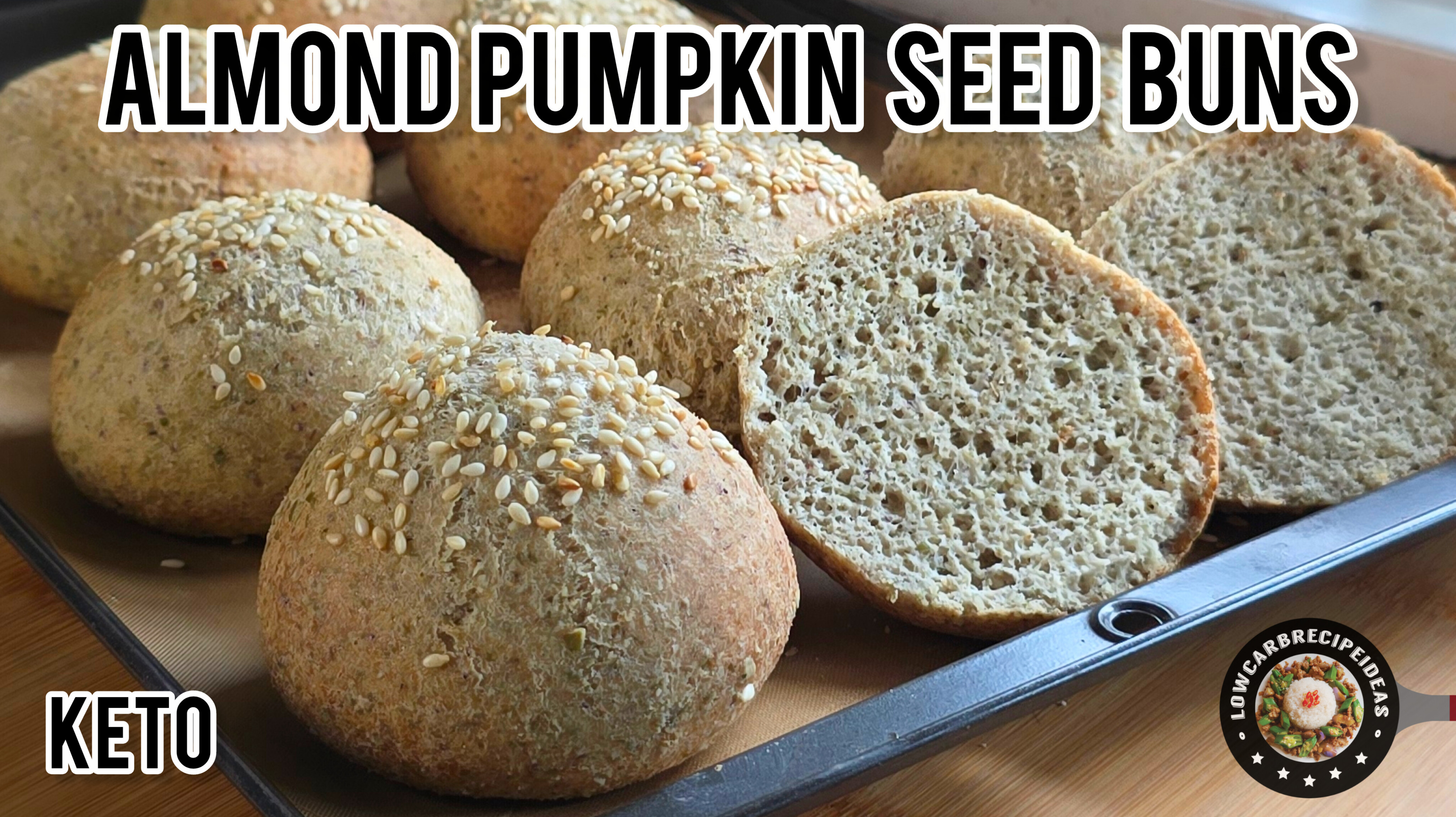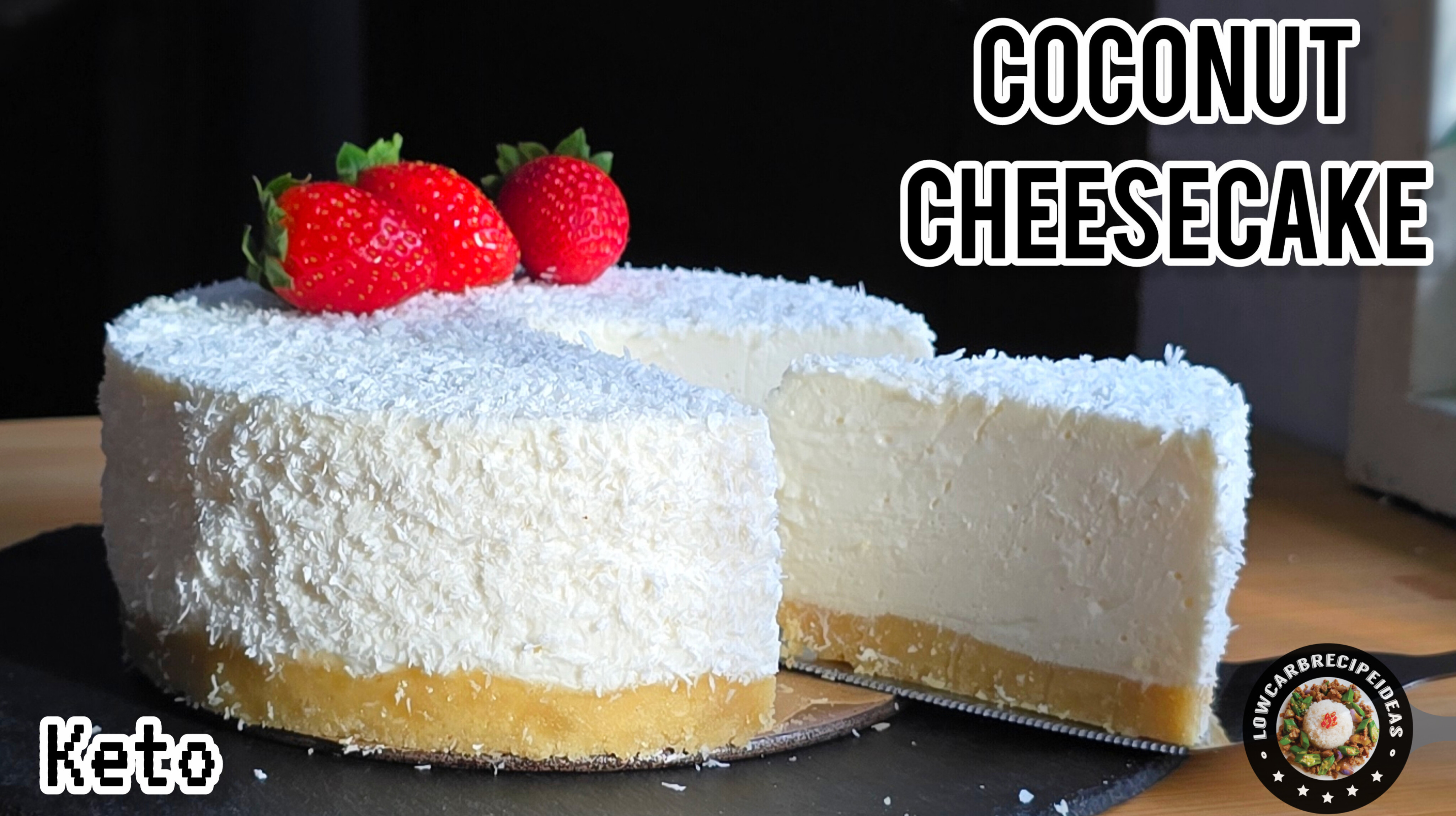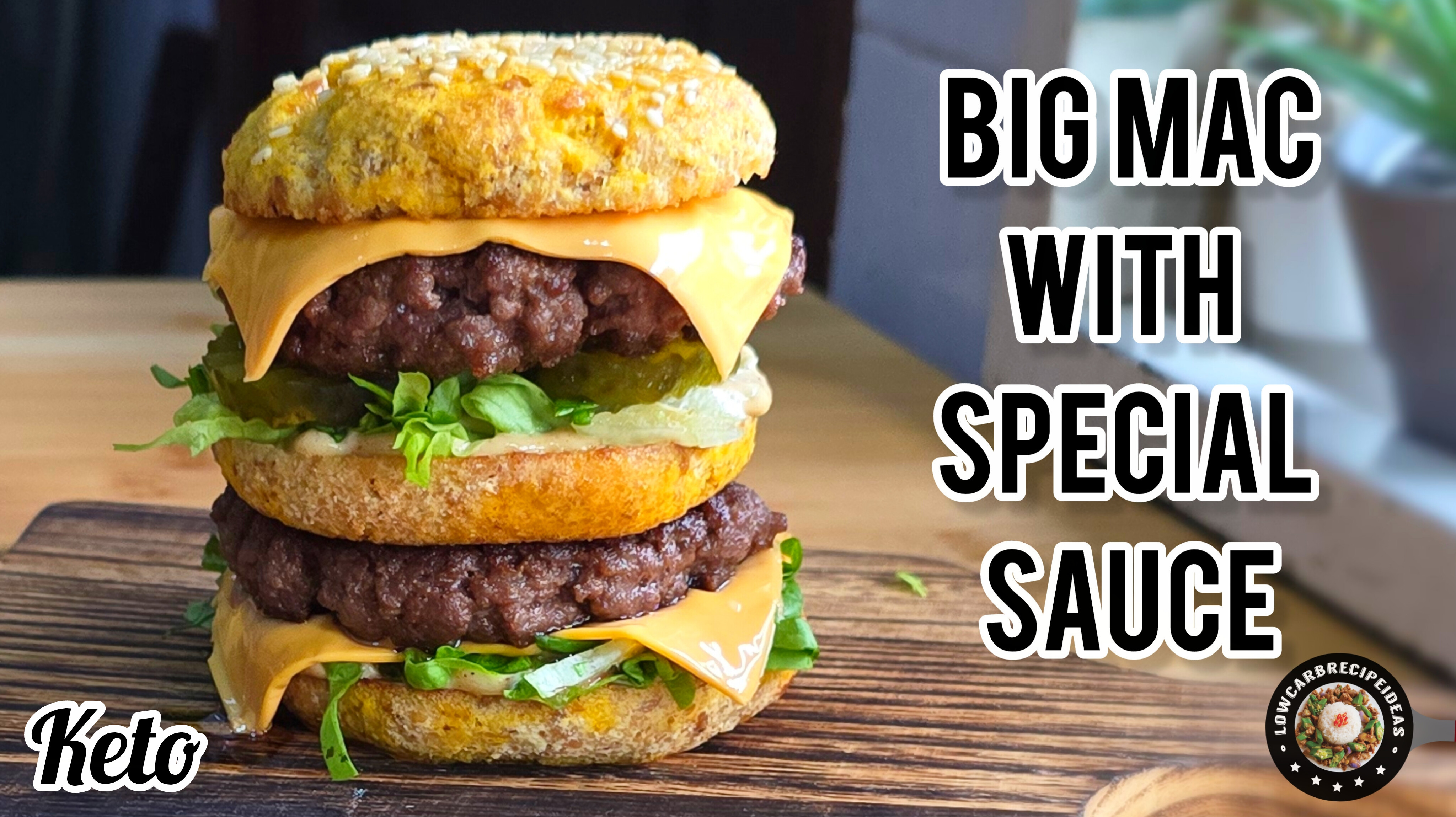Japanese Cheesecake - Zebra
This post may contain Amazon or other affiliate links. As an Amazon Associate, I earn a commission from qualifying purchases.
1. For best results, weigh the ingredients with a digital scale
2. Pre-heat the oven to 250F or 120C.
3. Prepare a pan. I used a 6 inch (15 cm) pan with a removable bottom. You can also use a springform pan. Grease and line the pan with parchment papers. The parchment paper for the side of the pan should be about 2 to 3 inches higher than the pan as the cake will rise quite substantially. But once out of the oven, it will deflate a bit which is normal. If you do not have a 6" pan, you can also use a 7- or 8-inch pan except that the cake will not be as tall or alternatively, you can increase the recipe accordingly.
4. Melt the cream cheese, butter, whipping cream in a bowl over a double boiler with low heat until smooth and creamy.
5. Remove from the heat and add the egg yolks one at a time, whisking until well combined. Set aside.
6. In a bowl, add the 4 egg whites and beat with a handheld mixer at medium speed. Gradually add the sweetener while beating the egg whites. Once the egg whites reach soft peaks, increase the speed to high and beat until stiff peaks.
7. Add 1/3 of the meringue into the cream cheese mixture and fold to combine. This meringue is very important so try not to break it by mixing or stirring as the air will be deflated resulting in the cake unable to rise. Instead fold gently as in scooping up so as to maintain its gentle shape. Also, do not over fold.
8. Add another 1/3 of the meringue and fold to combine. Lastly, add the balance of meringue and fold to combine.
9. Divide the batter equally into two portions.
10. Add the unsweetened cocoa powder into one of the portions. Sieve it to ensure there's no lumps. Fold gently to combine.
11. To create the zebra stripes, scoop 3 spoons of the original batter into the middle of the pan. Alternate with the chocolate batter. The batter will spread naturally. Repeat this process until all the batter is used up.
12. Once the batter is all used up, use a wooden skewer to create a pattern on the top (as shown in the video).
13. Tap the pan a few times to release air bubbles.
14. Fill hot water into a suitable bigger pan. Make sure the water is sufficient so that you do not need to open the oven door to refill as this may affect the baking process.
15. Place an empty pan over the water and place the pan with batter on the empty pan. This method will ensure that no water gets into the batter and also reduces the impact of the heat if the pan with batter sits directly on the hot water. The cake also does not need to rest after baking. This low heat baking will also reduce the chances of the cake cracking and deflate less after baking.
16. Bake at the lowest rack at;
(a) 250F or 120C for 50 mins (This is a slow and steady rise process which is key to prevent rapid rise and fall))
(b) 300F or 150C for 30 mins (This is where most of the rise will happen)
(c) 350F or 180C for 10 mins. (This is to brown the top)
17. The cake is done when it feels firm at the top. If the cake feels liquidly then bake it longer. Once done, remove pan from oven and cool for 15 mins before removing the cake from the pan.
18. Every oven is different so you may need to watch the heat and adjust accordingly.
[Total Servings = 8]
NUTRITION INFO PER SERVING
Total Carb = 1.7 g
Dietary Fiber = 0.3 g
Net Carb = 1.4 g
Calories = 179
Total Fat = 17.3 g
Protein = 5.3 g
This nutrition information is just a guide. Feel free to use your own macro calculation app for accuracy.
Recipe by lowcarbrecipeideas
Find more great recipes at lowcarbrecipeideasofficial.com






